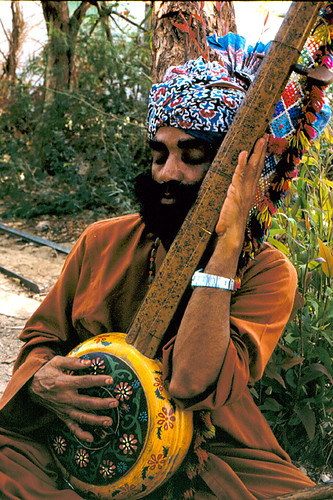THE HEART OF PAKISTAN
 |
Sindh has its specific culture. Culture is, no doubt, quite an abstract term inspite of the veritability of the physical and mental existence. Every society has to pass through the idealistic phase in its mental make-up and some shades of a cultural group's mental make-up defy any attempt at complete erasure. In their journey through time the people of Sindh had adopted ultimate standards, which through practice, has become norms and absolutes, known as culture.
SINDHI CULTURE
History of Sindh






























